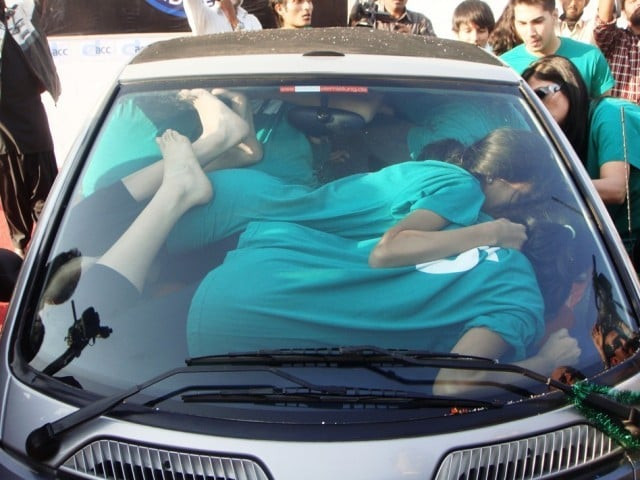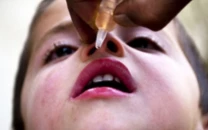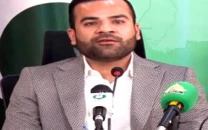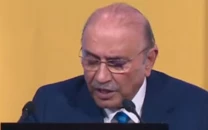After the breaking news, stories that put us back together again
19 girls, one car and other feel-good stories keep The Express Tribune vibrant in dark times.

Given the dismal state of governance, security and development in Pakistan, one would expect this story to rank at the bottom of the pile and be buried somewhere on page 18 as a space filler around an awkwardly sized advertisement.
Not at The Express Tribune. In the past year, this newspaper has given a great deal of space to feel-good stories, the ones that make readers stop for a second, sigh, smile and believe that despite the doom and gloom, there is still hope in Pakistan. Making an effort to ferret out such stories is worth it. After all, newspapers are often criticised for not portraying a positive image of Pakistan.
And indeed, this is a challenge given that this past year has been dominated by terrorist attacks, the humanitarian crisis caused by the floods and the assassinations of Punjab Governor Salmaan Taseer and Federal Minister for Minorities Affairs Shahbaz Bhatti. But what about the rare human stories of perseverance and hope that emerge precisely during such times? When terrorists stormed the Ahmaddiya community’s places of worship in Lahore, The Express Tribune reported on two men who grappled with the terrorists and held them captive until the police took (Saviours of the day recount tales of horror, May 29, 2010). During the floods, a deluged village feted one of its residents, Pakistani wrestler Azhar Hussain, who won a gold medal at the Commonwealth Games (Nowhere to hang his gold medal, October 12, 2010).
It is difficult to find time to report on and allocate space to print such stories in Pakistan, given the daily crises that clamour for our attention and cannot be ignored because of the magnitude of their desperation. At the same time, however, our news editors factor in the reality that many of our readers are bombarded with headlines on a second-to-second basis, courtesy social networking websites, 24-hour news channels and SMS news alerts. By the end of the day, the big story of the day has often been covered to death.
Since many readers are already getting their news elsewhere, they are on the lookout for the few humorous, positive and exclusive stories in the newspaper that they are unlikely to find somewhere else. For example, traffic data for tribune.com.pk reveals that news of Ali Zafar coming to Katrina Kaif’s rescue in India was the most widely read story this year, netting 10 per cent of all traffic to the site - even though target killings in Karachi was the main news story of the day. Similarly, an O’ Level student who scored a record 23 A grades was the top story on the website, even though other important stories published that day included the alleged discovery of Taliban hostage Colonel Imam’s body.
While newspapers continue to focus on the issues that matter, we believe our responsibility to our readers includes covering all facets of life. Stories about people overcoming their disabilities, a WikiLeaks-inspired advertisement for personal hygiene products and Indian prisoners at the Malir jail cheering on their cricket team are important. Even though we may still be smarting from Pakistan’s loss to India in the Cricket World Cup semi-final, few people will disagree that photographs of Shahid Afridi in his trademark pose will get more of a reaction than tiresome statements from politicians.
Published in The Express Tribune, April 12th, 2011.






1734118407-0/New-Project-(1)1734118407-0-208x130.webp)












COMMENTS
Comments are moderated and generally will be posted if they are on-topic and not abusive.
For more information, please see our Comments FAQ